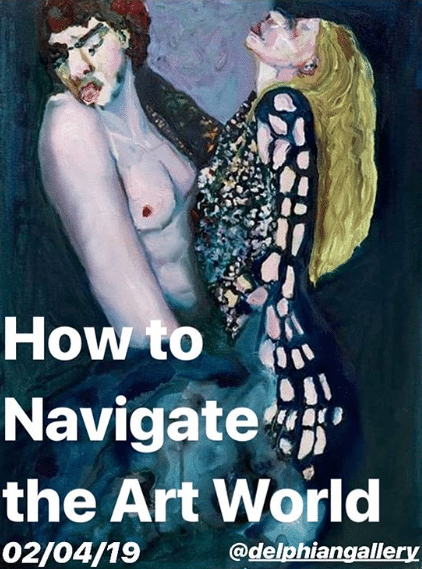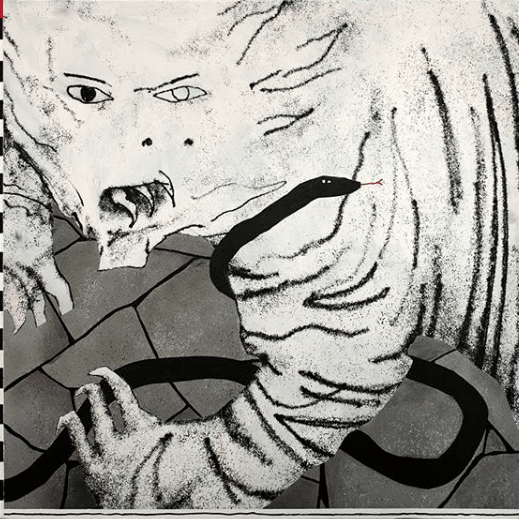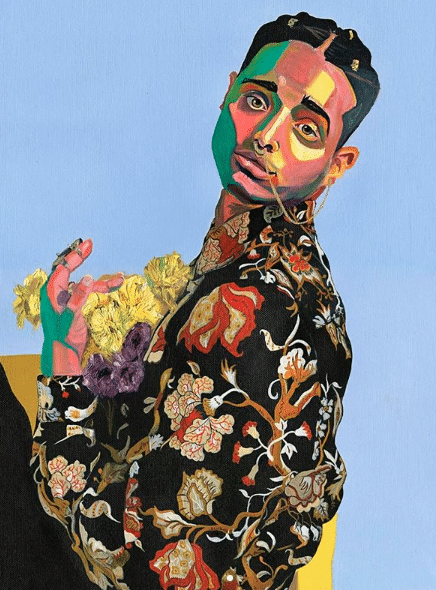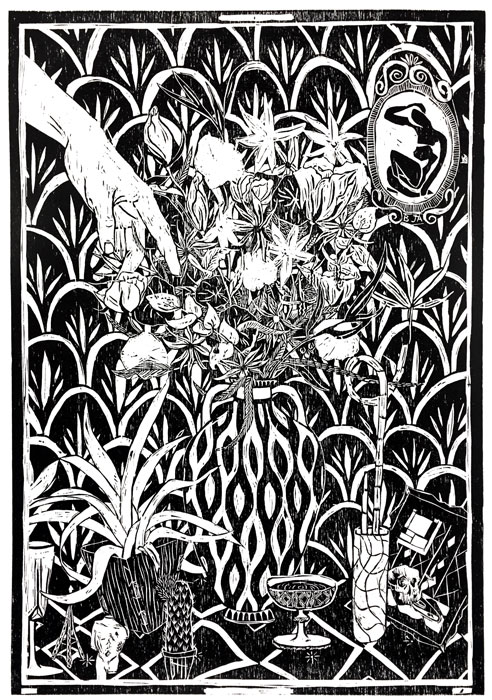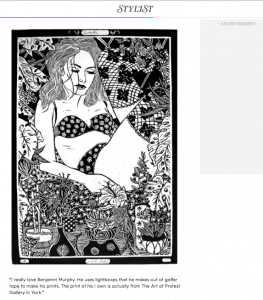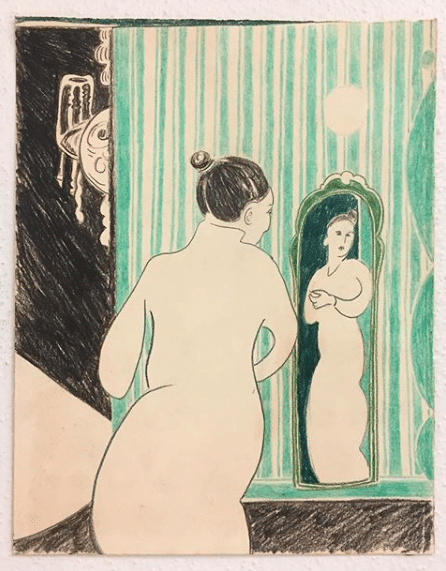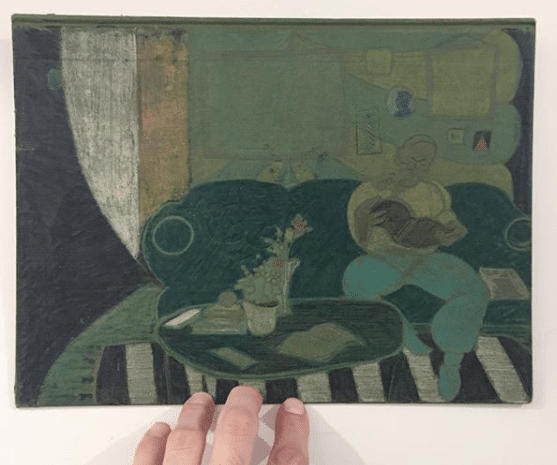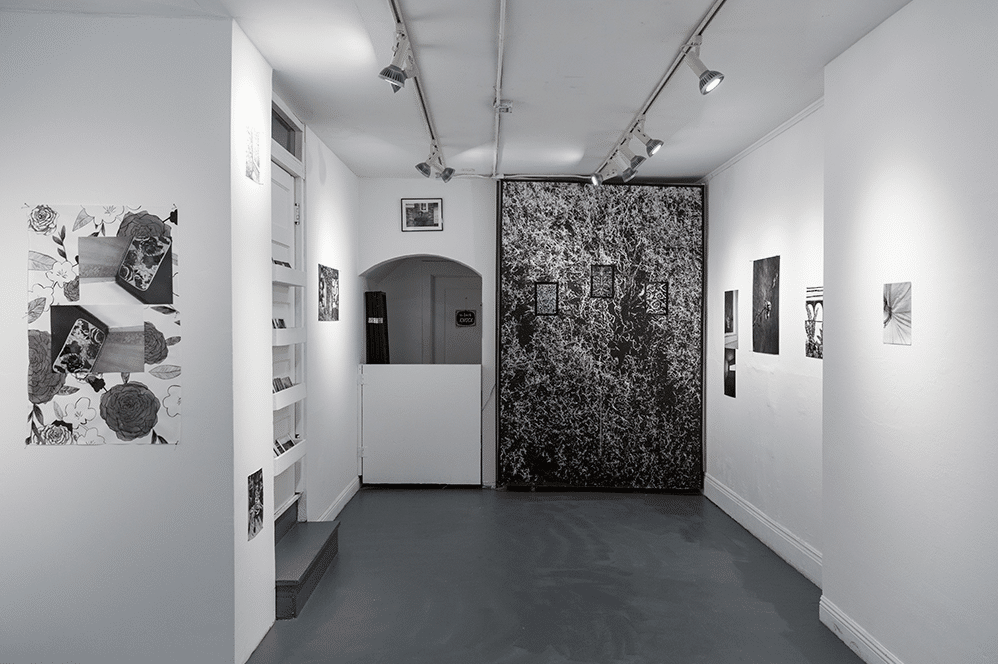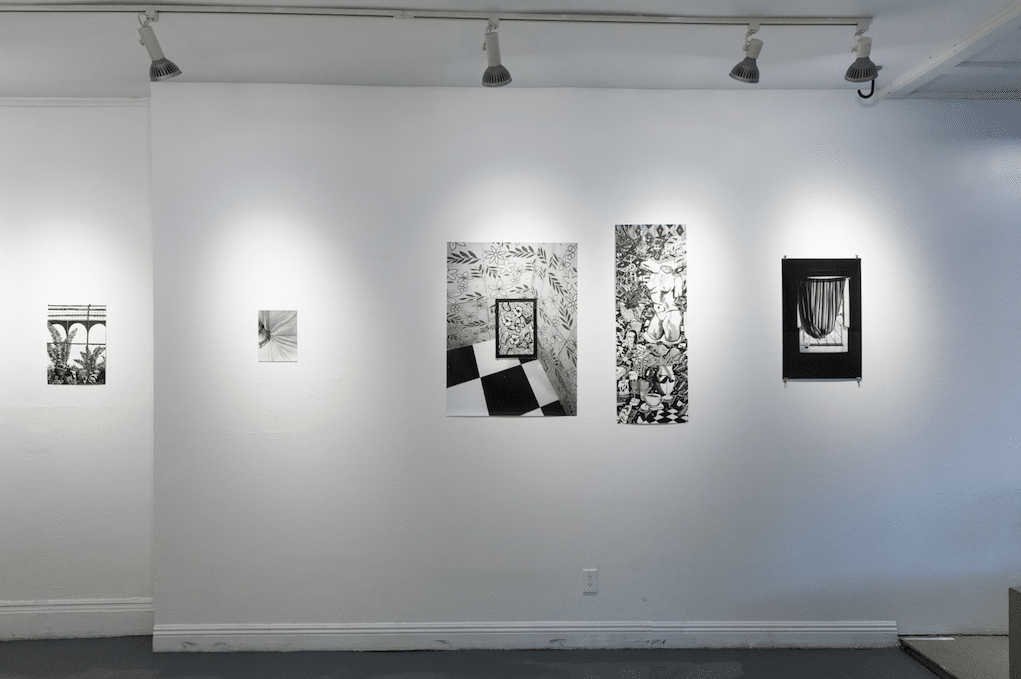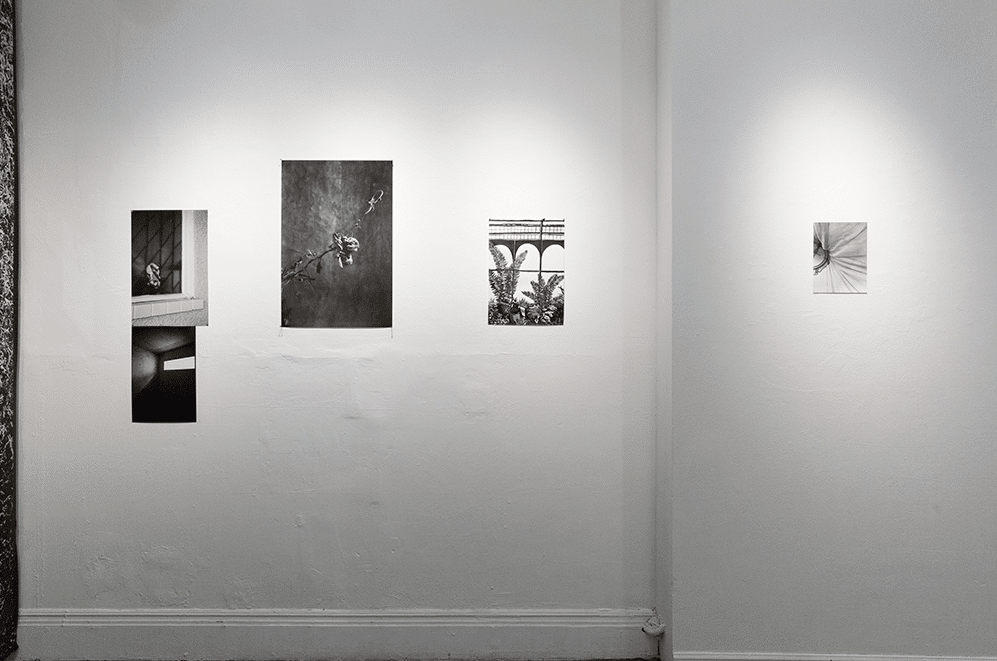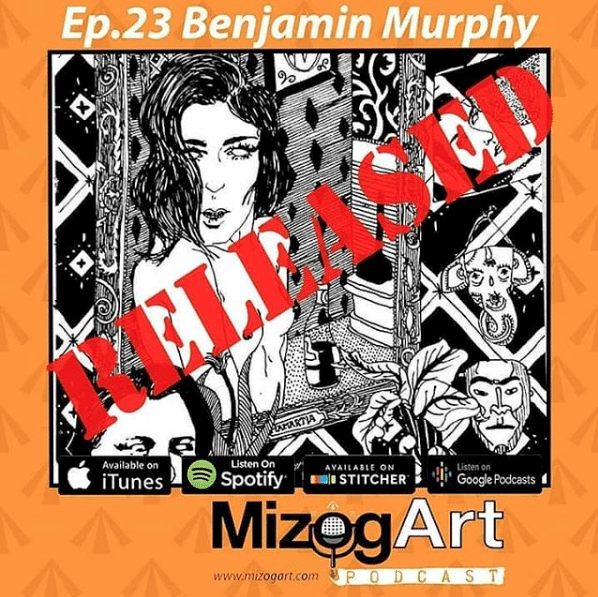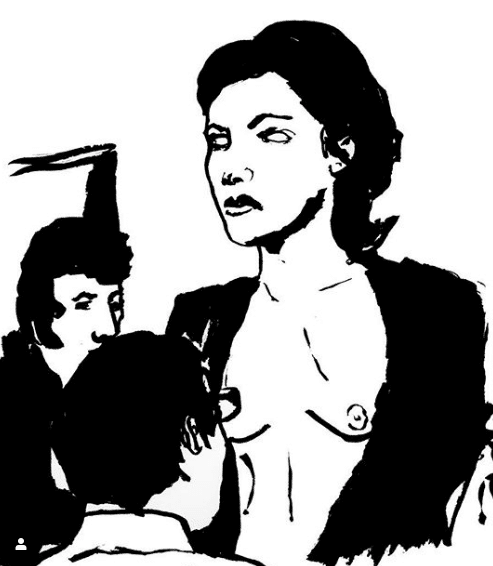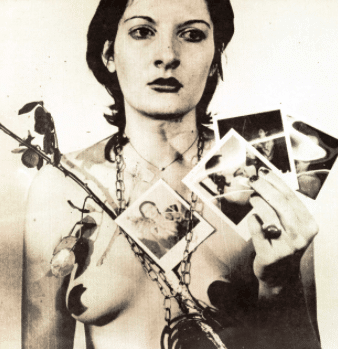Delphian Open Call 2019 Winners
We are very pleased to announce the five Open Call winners from our 2019 show. Each of the five judges was allowed one Judges Pick, the list of these is below.
Prints of all of these, as well as the rest of the show, are available on our website. Click HERE for more.
Rhiannon Salisbury
Benjamin Murphy‘s Judges Pick, as well as being the Overall Winner

Rhiannon Salisbury – UHH
Nick JS Thompson‘s Judges Pick
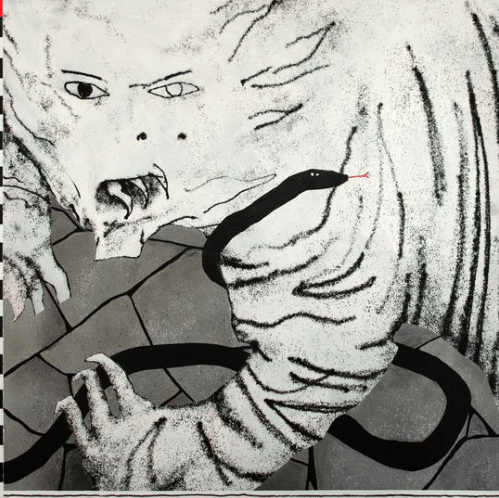
Vojtech Kovarik – Self Portrait With A Snake
Wingshan Smith’s Judges Pick

Valerie Savchits – Dissolved Into Nothingness
Hector Campbell‘s Judges Pick
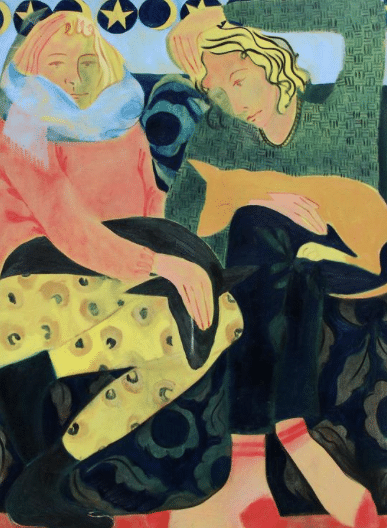
Nettle Grellier – Daybed
Florence Hutching‘s Judges Pick

Jukka Virkkunen – Flowers III

